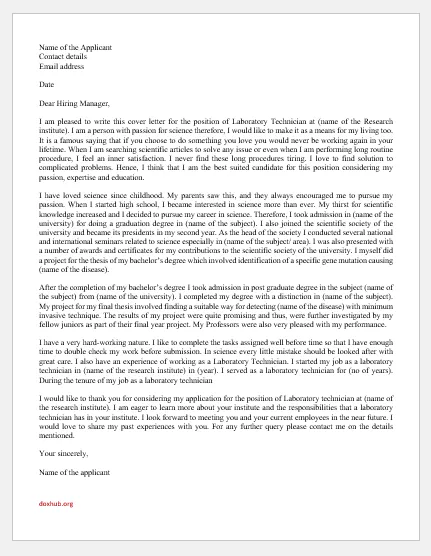Crafting a Winning Laboratory Cover Letter
A laboratory cover letter is your first opportunity to make a positive impression on a potential employer. It’s more than just a formality; it’s your chance to showcase your personality, skills, and enthusiasm for the role. A well-written cover letter significantly increases your chances of getting an interview. This guide will provide you with the essential steps needed to create a compelling laboratory cover letter that stands out from the competition, highlighting your qualifications and demonstrating your understanding of the position and the organization. Remember, the goal is to secure an interview and ultimately, the job. By following these guidelines, you’ll be well on your way to achieving that goal and launching your career in the laboratory field.
Understanding the Purpose of a Cover Letter
The primary purpose of a laboratory cover letter is to introduce yourself to the hiring manager and provide context to your resume. It allows you to explain why you are the perfect fit for the job and the organization. Unlike a resume, which provides a chronological overview of your work history and skills, a cover letter offers an opportunity to express your personality, motivation, and enthusiasm. It should complement your resume, elaborating on specific experiences, accomplishments, and skills relevant to the targeted laboratory position. Essentially, it’s your chance to tell a story about how your qualifications align with the employer’s needs and why you are genuinely interested in the specific opportunity.
Highlighting Relevant Skills and Experience
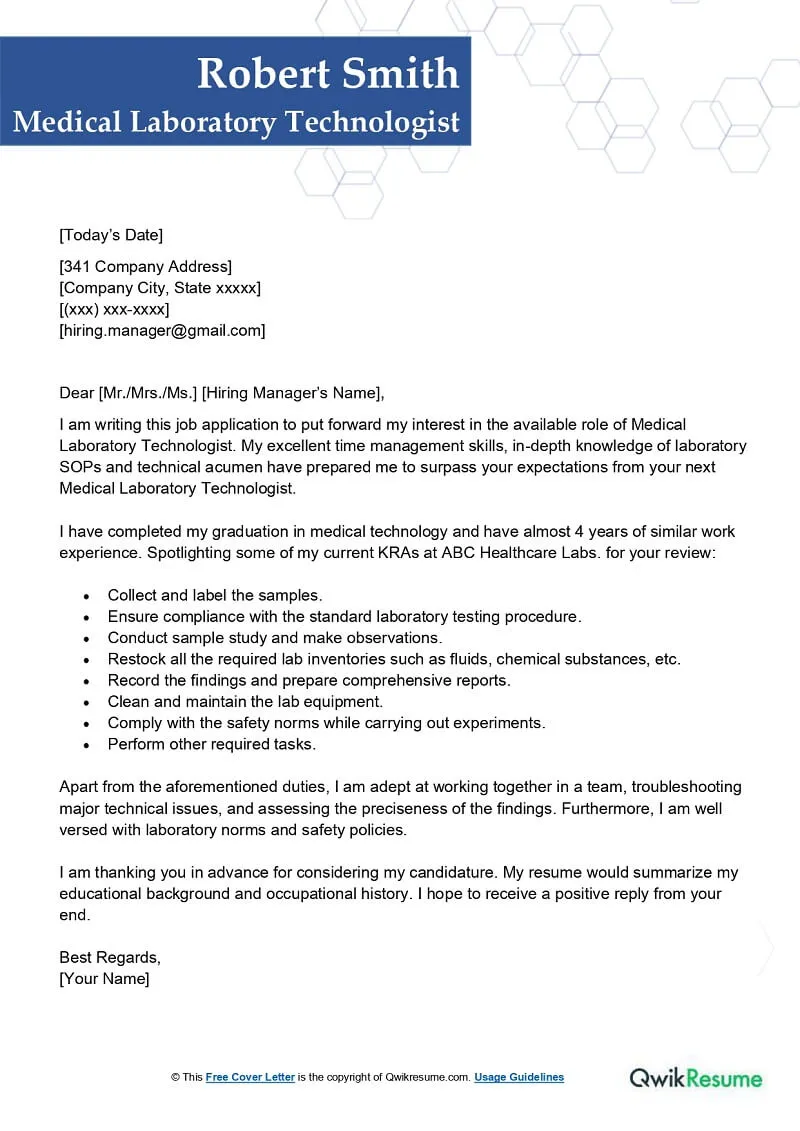
This is the core of your cover letter where you demonstrate your suitability for the role. Identify the key skills and experiences mentioned in the job description and align your accomplishments accordingly. Instead of simply listing your skills, provide specific examples of how you’ve utilized them to achieve positive outcomes. Use action verbs to describe your duties and responsibilities, illustrating your expertise and achievements. Tailor your examples to showcase your abilities in the context of a laboratory environment, highlighting any experience with relevant techniques, equipment, or software. This will help the hiring manager quickly see that you meet the requirements and have the experience they are looking for.
Researching the Laboratory and the Role
Before you start writing, thoroughly research the laboratory and the specific role you’re applying for. Visit the laboratory’s website, read any available publications, and understand their mission, values, and current projects. Understanding the laboratory’s focus will enable you to tailor your cover letter to demonstrate your genuine interest and show how your skills align with their specific needs. This preparation will enable you to use the correct terminology and demonstrate you’ve taken the time to understand the opportunity. Showing that you’ve done your homework will set you apart from other candidates who have submitted generic applications.
Tailoring Your Cover Letter to the Job Description
Every cover letter should be customized to the specific job you are applying for. Carefully review the job description and identify the key requirements, skills, and qualifications the employer is seeking. Use the language from the job description to demonstrate your understanding of the role and emphasize how your skills and experiences align with their needs. Avoid using a generic cover letter; instead, customize it to reflect the specific requirements of each position. By tailoring your cover letter, you demonstrate that you have taken the time to understand the role and are genuinely interested in the opportunity, significantly increasing your chances of getting an interview.
Structuring Your Laboratory Cover Letter Effectively
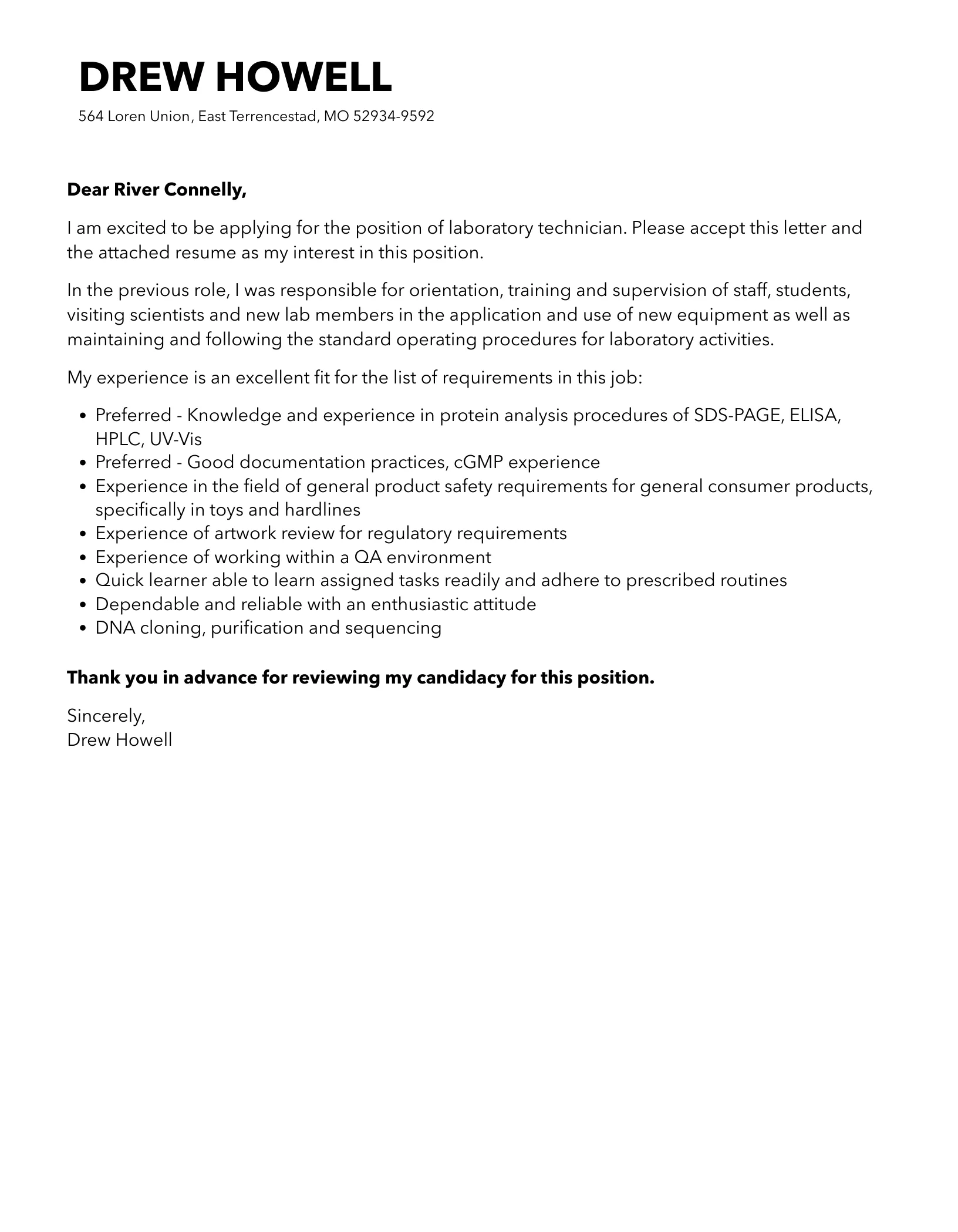
A well-structured cover letter is essential to convey your message clearly and effectively. The structure should be logical, easy to read, and highlight the most important information. Each section should serve a specific purpose, guiding the reader through your qualifications and interest in the position. Proper formatting and organization create a professional image and make it easier for the hiring manager to quickly assess your suitability for the role. A clear structure will also ensure you cover all the necessary points and present yourself in the best possible light.
The Header and Contact Information
Your cover letter should begin with a professional header that includes your contact information: your full name, phone number, email address, and optionally, your LinkedIn profile URL. Ensure your email address is professional-sounding (e.g., firstname.lastname@email.com) and that all contact details are up-to-date and accurate. Below your information, include the date and the hiring manager’s name and title if you know it. If you cannot find the hiring manager’s name, address the letter to “Hiring Manager” or the department. Proper header formatting is a sign of professionalism and attention to detail, which is crucial in a laboratory environment.
The Salutation and Opening Paragraph
Start your cover letter with a formal salutation, such as “Dear Mr./Ms. [Last Name]” if you know the hiring manager’s name. If you don’t know the name, “Dear Hiring Manager” is a good alternative. The opening paragraph should state the position you are applying for and how you learned about the opportunity. Briefly mention what attracted you to the position or the organization. This is your opportunity to immediately grab the reader’s attention and set the tone for the rest of your letter. Ensure the opening paragraph is concise, enthusiastic, and clearly states your intention.
Body Paragraphs Emphasizing Achievements

The body of your cover letter is where you demonstrate your skills and experience. Structure the body paragraphs to highlight your key achievements and how they align with the job requirements. Use the STAR method (Situation, Task, Action, Result) to provide concrete examples of your accomplishments. Focus on quantifiable results to showcase your effectiveness. Avoid simply listing your responsibilities; instead, describe the actions you took and the positive outcomes you achieved. By providing specific examples and using the STAR method, you can make your qualifications clear and memorable.
Quantifying Your Accomplishments
Whenever possible, quantify your accomplishments with numbers and data. For example, instead of saying “Improved efficiency,” say “Increased efficiency by 15% by implementing a new protocol.” Providing specific, measurable results demonstrates your impact and credibility. Use data to illustrate your achievements, whether it involves reducing errors, improving turnaround times, or increasing productivity. Quantifying your accomplishments provides concrete evidence of your capabilities and makes your cover letter more compelling and persuasive.
Demonstrating Knowledge of Laboratory Techniques
In your cover letter, specifically mention your experience with relevant laboratory techniques and equipment. Research the techniques and equipment commonly used in the laboratory you’re applying to and highlight your familiarity with those. Include specific examples of your hands-on experience, describing the procedures you performed and the results you achieved. Tailoring your letter to mention relevant techniques, like PCR, ELISA, or microscopy, demonstrates that you have the necessary skills and are prepared to contribute to the laboratory’s work. Make sure to align your skills with those mentioned in the job description.
The Closing Paragraph and Call to Action
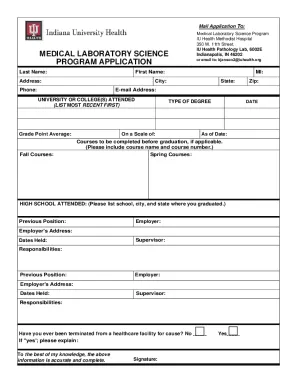
The closing paragraph should summarize your interest in the position and reiterate your enthusiasm. Thank the hiring manager for their time and consideration. Include a call to action, such as stating your availability for an interview and providing your contact information again. Express your eagerness to discuss your qualifications further and leave a lasting positive impression. A strong closing paragraph reinforces your desire for the position and encourages the hiring manager to take the next step in the hiring process.
Proofreading and Editing Your Cover Letter
Before submitting your cover letter, carefully proofread and edit it. Check for any grammatical errors, spelling mistakes, and typos. Ensure that your letter is clear, concise, and well-organized. Ask a friend, mentor, or career counselor to review your letter as well. A second pair of eyes can often catch mistakes that you may have missed. Polished and error-free writing demonstrates professionalism and attention to detail, making a positive impression on the hiring manager. Thorough proofreading is essential to ensure that your cover letter effectively communicates your qualifications.
Common Mistakes to Avoid in Your Cover Letter
Several common mistakes can significantly diminish the impact of your cover letter. Avoid using generic language, as it makes your letter appear uninspired. Ensure that your letter is tailored to the specific job, and avoid simply reusing the same letter for multiple applications. Don’t include irrelevant information or overly lengthy details that are not pertinent to the position. Typos and grammatical errors are a major turn-off; always proofread your letter carefully. Finally, avoid negativity or expressing desperation in your tone. Focus on your qualifications and your enthusiasm for the opportunity.
Formatting and Presentation Tips
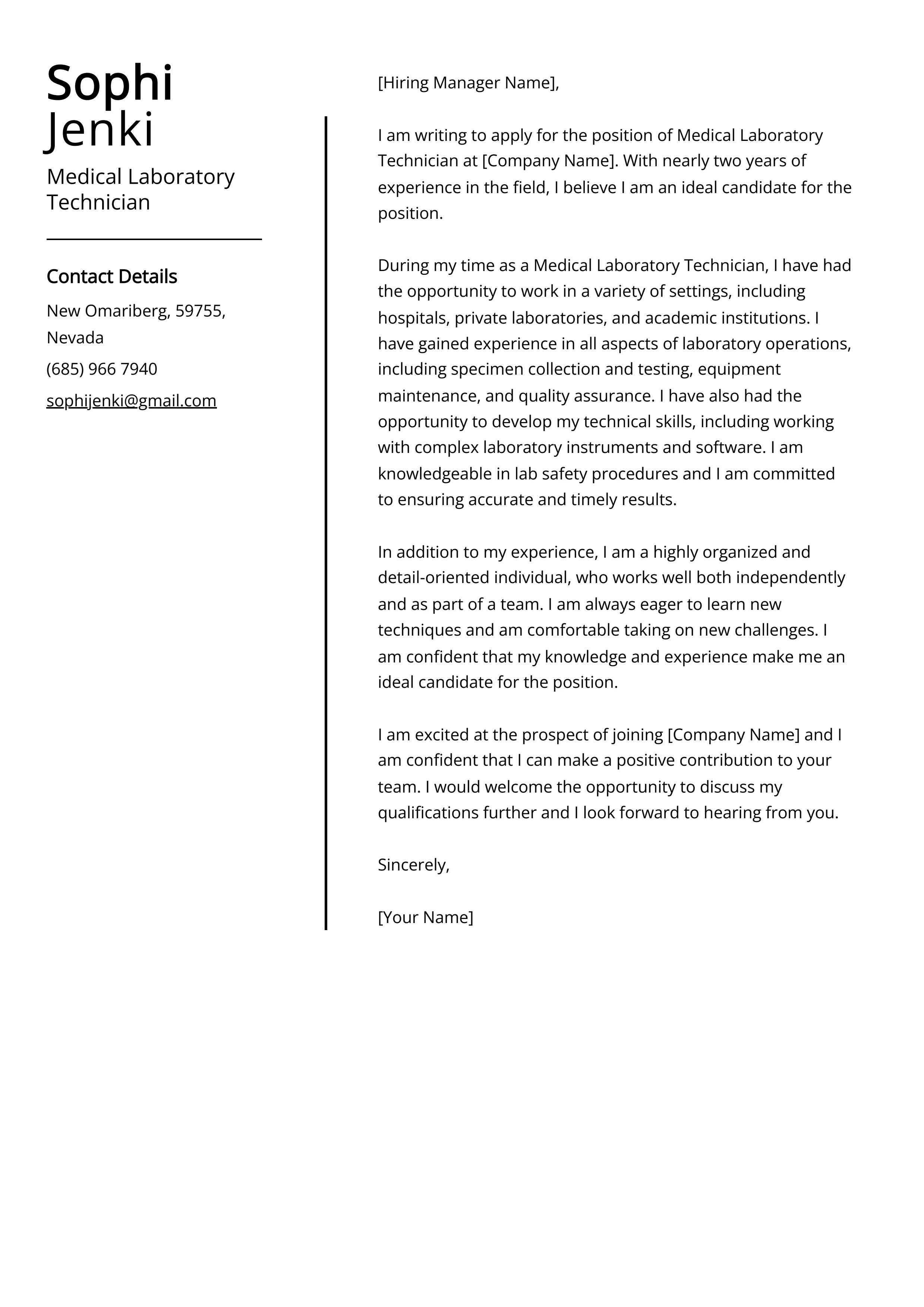
The formatting and presentation of your cover letter can significantly affect its readability and overall impression. Use a professional font, such as Times New Roman, Arial, or Calibri, and maintain a consistent font size (11 or 12 points). Use clear and concise language, and keep paragraphs relatively short to improve readability. Use appropriate spacing between paragraphs and sections, and ensure your letter is well-organized. Avoid using excessive formatting, such as bolding or underlining, unless necessary. A clean, professional layout shows that you have attention to detail and that you respect the reader’s time.
Seeking Feedback and Review
Before submitting your cover letter, seek feedback from trusted sources. Ask a friend, mentor, career counselor, or other professional to review your letter. Request feedback on clarity, grammar, formatting, and the overall impression. Incorporating constructive criticism can help you identify areas for improvement and refine your writing. Having someone else review your cover letter can also help you catch any mistakes you might have missed. Use this feedback to revise and edit your cover letter until you are confident that it effectively showcases your qualifications and enthusiasm.
